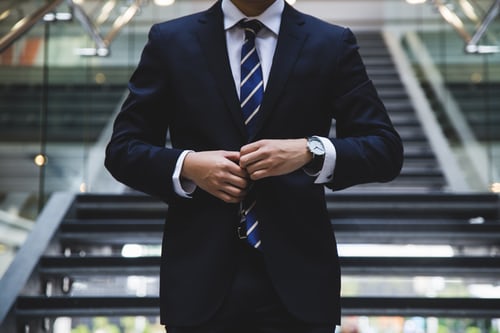This guest blog post about the aviation talent shortage appeared in Aviation International News. View here.
There’s a clear return to flying as vaccinations ramp up and regions reopen. In fact, just this week, a business aviation director told me that all three of his company’s aircraft were in use. Plus a NetJets share! Other flight departments have sent executives to India and Europe. Business aviation is back!
The airlines are back, too. And it appears they’re having a difficult time ramping up fast enough. Just take a look at availability and prices. To meet anticipated travel demands, there’s much being written about plans to revive hiring and recall furloughed pilots.
But, as it happened, at the start of Covid-19, many airlines retired their senior pilots at least one to two years early. It will be interesting to see if there’s enough of a supply of senior-level pilots—especially when international flying resumes. Thankfully, one of our blessings in business aviation is that we do not have a forced retirement age at 65.
Talent Shortage: We Need a Better Strategy
For several months, I’ve cautioned that the talent shortage will be back before we know it—with a vengeance! And from what I can see, it’s already started. So how will business aviation win at retaining pilots and attracting the next generation? How will our Part 91 and Part 135 operators become employers of choice?
Following are some recommendations:
Change our mindset—and our minimums
The business aviation industry has long held strict requirements for entry. Most flight departments insist on pilots accruing 3,000 to 5,000 flight hours. But where will a pilot gain this time? The answer is at the airlines. No longer are lower-time pilots languishing at lower-paying regionals. Instead, they’re matriculating quickly through the system to the mainline carriers. That means they’re bypassing business aviation as a career option.
In my experience, it’s the rare case that a pilot will walk away from his or her seniority at an airline. Even early in their career. This is largely due to the long-term promise of compensation and benefits. So if we maintain our standard of recruiting someone with a minimum of 3,000 flight hours, we’ll have to wait for an airline to go bankrupt or furlough their pilots.
Recruit from the military
Business aviation has had incredible success bringing veterans into our industry. But we once again have competition from the airlines. And they’re far more savvy at recruiting due to their scale.
For example, a 20-year Air Force veteran retiring with 2,800 flight hours is a hot commodity at the airlines. But on paper, this person doesn’t meet business aviation’s standard, as mentioned above. It’s worth noting that it’s not an apples-to-apples comparison due to the way the military logs time.
But if a company’s hiring is based on applications submitted through a website, these amazing candidates will be eliminated by the automated talent management software. And the flight department will likely never be aware that they applied.
Attract earlier entrants
To build our talent pipeline, business aviation has to rethink how and when we bring new people into the industry. Can we get creative and offer new solutions? Can we recruit aviation talent who are less experienced but passionate and willing to learn?
What if some of our larger organizations hired junior pilots and put them on a “future first officer” or even a true first officer path, developing and mentoring them for long-term employment?
What About Aircraft Maintenance?
Although we talk a lot about the pilot talent shortage, there is also a significant and mounting shortage of qualified aviation maintenance professionals. According to results of an Aeronautical Repair Station Association (ARSA) survey, “52.5 percent of surveyed companies reported ‘difficulty finding/retaining technical talent’ as a major threat to their companies going forward.”
Next Steps
My advice is “don’t let up.” Now is the time to examine your talent strategy, and in a two-part process. First, focus on pilot and maintenance retention. Many aviation professionals have remained at their employers in the last year. They’re well taken care of and have been compensated, despite not flying. And they should be, as compensation has gone up, according to data released by The Bureau of Labor Statistics.
To retain your team members, I encourage you to keep them engaged and to constantly sell the benefits of business aviation. Ask yourself, “How long will their loyalty last when the airlines are recruiting again?”
In addition to retention, it’s time to look at what your needs will be a year or two from now. Perhaps you should make the case for “opportunity hiring”—for example, hiring a top candidate in advance of an open position. The data shows that it will likely be harder and more expensive to hire in 18 months when your senior captain retires. So there is a financial benefit to cultivating a great hire earlier than later.
Maybe this is the time to justify that first officer and bring her or him up through your own training protocols? It’s a hard case to make but one that can prove valuable in the future.
About the Author
Sheryl Barden, CAM, is the president and CEO of Aviation Personnel International, the longest-running recruiting and HR consulting firm exclusively serving the needs of business aviation. A thought leader on all things related to business aviation professionals, Barden serves on NBAA’s board of directors and is chair of the NBAA advisory council.

